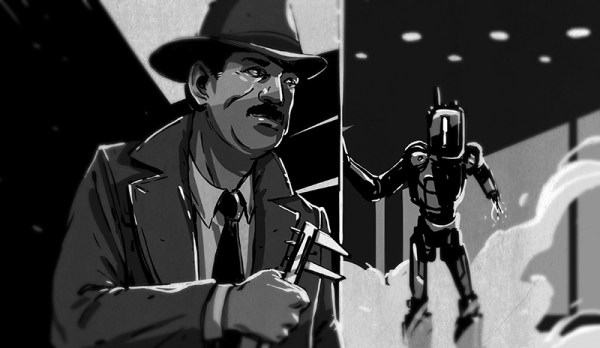His mobile blooped at him with one of those noises a company spent money to get. A timer started on the screen as he rushed to put his shoes on. He finished and pushed open his door, running down the stairs two to a bound. By the time he reached the bottom of the stairs he had his backpack slung over both shoulders, which he mentally cursed himself for since he’d just have to take the dang thing off again.
It was morning on January first, and he was due at his parent’s house for a new year’s dinner fifteen hundred miles away. He should have booked a plane weeks ago, but now the Loop was his only option. The Loop didn’t really have peak rates, and while the plane would be a little faster, more direct, and cheaper IF he had remembered to book it in time, the Loop would take him the same distance today. Plus, the seats were comfier. They reclined nicely, and he intended to nap on the way. Hopefully, by the time he got there, the bleariness from last night’s celebration would be undetectable by parental senses.
He locked the door to his apartment complex, a reassuringly square assembly from the seventies, and walked to the sidewalk where a friendly light blue car waited for him. When he got close, his mobile vibrated and made another distressingly cheery noise. The doors of the car swung open opposite of each other to expose the space inside. The car displayed two rows of inward facing bench seats, a panoramic row of windows around the entire perimeter of the vehicle, and… yes, his nose was telling him before his eyes fixed on it, a very unsettling amount of vomit in the center of the floor.
He turned around, a bit squeamish, and took out his mobile. He navigated through the controls. Where is the menu option? What year is it now? Why is this still hard? Three awkward menus deep and he finally found and selected the option to let the dispatch know the car had an issue which made it uninhabitable. The car immediately began to chirp warnings and the doors soon started to close. In a moment, a human somewhere in the city would be looking at a video of the inside of the car, determining him a liar or not. As expected, a few seconds later, the little car began to drive off. The lights on the rear of the car turned from bright red to the yellow amber of headlights as it decided its front would be its back. It drove off to the dispatch center for cleaning and repair. Someone would be eating a 100 dollar cleaning bill today. He didn’t feel sorry for them.
His phone began to vibrate. He picked it up to answer a call from a bored customer service representative who was trying hard to sound earnest. “Sorry for the trouble sir, the ride today will be free. We have another car on its way”
Continue reading “Hyperloops And Robot Cars, A Glimpse Into The Future” →



![A selection of probes, from [Jim Williams'] Linear Technology app note 72.](https://hackaday.com/wp-content/uploads/2017/03/lt-probe-configurations.jpg?w=400)














